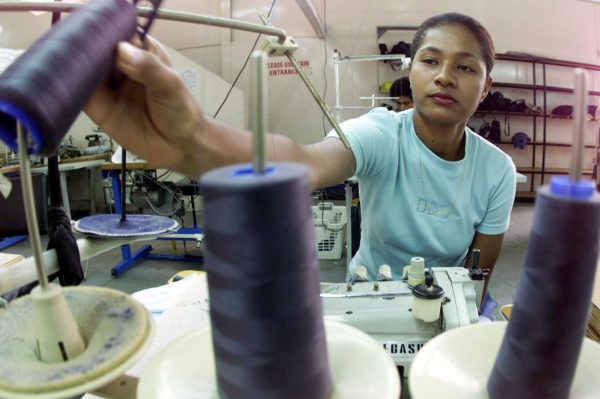SEZs — geographical areas within countries that have a different set of rules for business — are not new to Fiji. Both Tax Free Factories (TFFs) and Tax Free Zones (TFZs) were introduced in the late 1980s as part of a broader trade liberalisation agenda. This was done in an attempt to replicate the success of SEZs in East Asia and Latin America in attracting investment and creating jobs.
Coming out of the economic slowdown after the 1987 coup, SEZs were part of a broader open-door policy to stimulate investment and boost exports and employment in Fiji. Under the scheme, a business qualified for a tax-free status if it exported or re-exported at least 95 per cent of its total annual production. This export threshold was later reduced to 70 per cent. The TFF and TFZ scheme also included other incentives: a 13-year tax holiday, duty exemptions on capital goods and raw materials, and freedom to repatriate capital and profits.
During 1988–98, 57 per cent of all TFF investment occurred in the garment industry. Its contribution to GDP during the same period jumped from around 2 per cent to 11.4 per cent. Over time, expiry of trade agreements and competition from Asian economies led to factories moving abroad, reducing production and employment. The first wave of tax holidays expired in 2000 and the TFF status was finally withdrawn in 2004. Since then, the industry has struggled to grow into a sustainable one.
Currently, the Kalabu Tax Free Zone is the only export processing zone in Fiji that includes manufacturing and service centre operations. Recently the government has announced plans to establish a new SEZ in Lautoka, which is expected to cost around FJ$150 million (US$71 million).
There are potential benefits for Fiji and other Pacific Island countries in creating SEZs. They can play a strategic role in attracting FDI — a crucial driver of productivity spillovers and economic growth. SEZs can also contribute towards structural transformation by supporting the development of export-oriented manufacturing in countries dependent on agricultural commodities.
Not all SEZs are the same, nor are they always successful. There is still no blueprint for a successful SEZ policy and a good number of SEZs around the world have fallen well below expectations.
In order to benefit from SEZs, it will be crucial for Fiji to target industries and activities with the highest potential for growth and employment. Firstly in terms of comparative advantage, offshore and online outsourcing and information technology-related industries carry huge potential to attract investment and drive jobs. Fiji is endowed with several competitive advantages such as a young and qualified labour market and an international perception as the hub of the region. Fiji already has competitive internet infrastructure, encouraging investment in businesses such as call centres.
Second, Fiji needs to facilitate local entry and integrate its primary, secondary, and tertiary industries. This can be done by supporting specialised industries to enter new markets and expand into new products through the provision of infrastructure and investment incentives.
Additionally, SEZs should target domestic and foreign investment opportunities in the agri-processing industry that includes artisan production, primary processing and food manufacturing, and provides local firms opportunities to participate in global value chains (GVCs) and supply chains. GVCs allow local firms to access foreign markets by promoting high-value exports in new product categories. They can also play a role in improving transport and communication logistics and infrastructure for local firms.
Despite the potential benefits, any SEZ development must be formulated and implemented with care. As SEZs require large-scale funding, there is a risk that their maintenance may become more costly than beneficial. Careful attention must be paid to avoid investment in ‘white elephant’ zone infrastructure.
The success of SEZs in Fiji will also depend on the need to reduce coordination failures among government departments, which can lead to internal policy confusion and the rise of competing interests. Investment Fiji — responsible for promoting investments and the export of goods and services — will need to work with the Ministry of Industry and Trade and the Ministry of Economy to avoid overlapping frameworks in promoting investment, enhancing trade, and fiscal and taxation issues.
It is also possible for investors to take advantage of tax breaks in SEZs without delivering significant employment outcomes. Fiji has already experienced first-hand the ability of SEZs to attract investment and create employment in the short term, but fail to sustain competitiveness as trade preferences erode. Care must be taken to avoid experiencing these shortcomings all over again.
Neelesh Gounder is Senior Lecturer in economics at the University of the South Pacific, Suva, Fiji.

